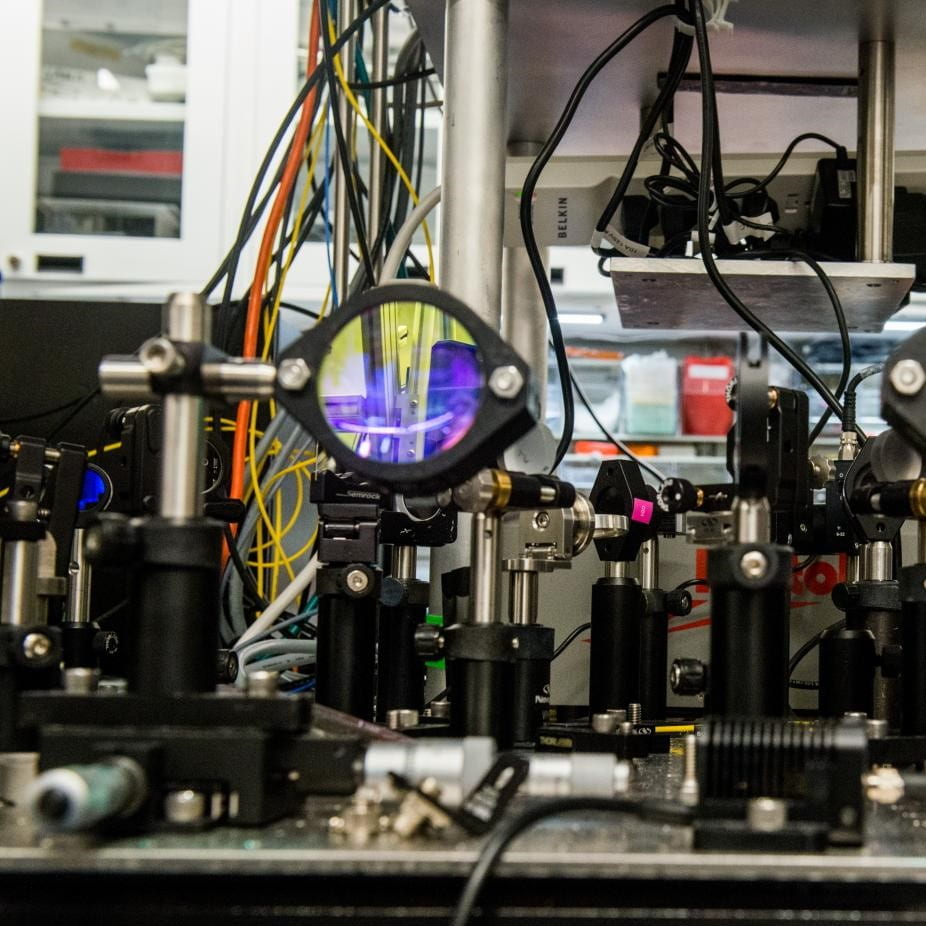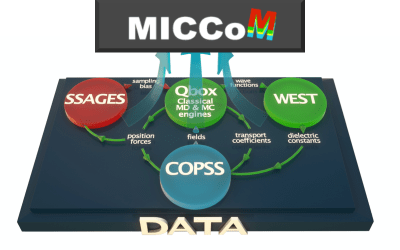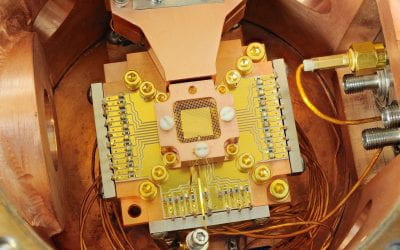The discovery and design of materials for quantum information applications is a key requirement to unleash the full potential of quantum information science.
 This project, funded by AFOSR, aims at building a theoretical and computational framework tightly integrated with experiments to predict, with rapid turn-around, quantum-coherent properties of materials. The predictions will be validated by experiments whose results will in turn be interpreted theoretically.
This project, funded by AFOSR, aims at building a theoretical and computational framework tightly integrated with experiments to predict, with rapid turn-around, quantum-coherent properties of materials. The predictions will be validated by experiments whose results will in turn be interpreted theoretically.
We focus on the design of atomic defects in wide-band-gap semiconductors exhibiting optical and coherence properties appropriate for engineering qubits
A Three-Step Strategy

Identify Promising Defects

Understand and Improve Coherence Properties

Materials Design and Optimization
We are defining procedures to extract descriptors from integrated experiments and calculations to be used for materials optimization and design
NEWS
MICCoM
Explore the codes developed within MICCoM and used in this project. The Midwest Integrated Center for Computational Materials (MICCoM) develops and disseminates interoperable open source software, data and validation procedures, enabling the community to predict...
Chicago Quantum Exchange
Explore the activities of the Chicago Quantum Exchange. The Chicago Quantum Exchange (CQE) is an intellectual hub and community of researchers with the common goal of advancing academic and industrial efforts in the science and engineering of quantum information...


